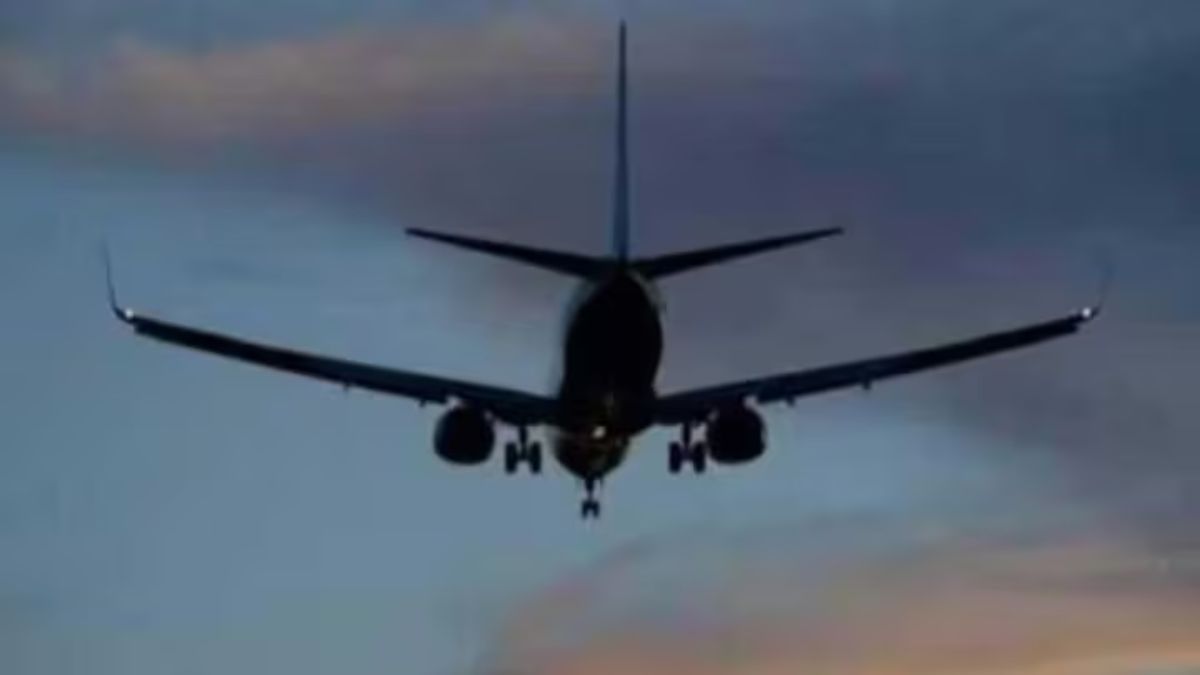In a tragic and unprecedented sequence of events, two Air France Douglas DC-4 aircraft crashed just two days apart on June 12 and June 14, 1950 on the same route and in nearly the same location near Bahrain, claiming a total of 86 lives and leaving the global aviation community stunned.
The back-to-back accidents, both involving the same airline, same aircraft model, same flight path, and even the same stopover point, became one of the most haunting coincidences in civil aviation history.
The first crash occurred on June 12, when Air France Flight L633, a Douglas DC-4 (registration F-BBDE), was en route from Saigon (now Ho Chi Minh City, Vietnam) to Paris via Karachi, Bahrain, and Beirut. The flight had completed a stop in Karachi and was on approach to Bahrain when it disappeared. It was later determined that the aircraft had crashed into the sea about 30 miles off Bahrain. All 46 people onboard, 40 passengers and 6 crew members, perished. The cause was never officially confirmed due to limited investigative tools at the time, but factors such as poor weather, navigation error, or technical malfunction were considered.
Tragically, just two days later, on June 14, another Air France Douglas DC-4 — Flight L605 (registration F-BBDM) crashed under eerily similar circumstances. Also flying from Saigon to Paris with stopovers in Karachi, Bahrain, and Beirut, the aircraft was making its approach to Bahrain when it crashed 7 km west of the Bahrain airport, again near the sea. This time, 40 people, 33 passengers and 7 crew members were killed, with 8 survivors rescued from the wreckage. The plane struck a low hill and exploded, suggesting a navigational or altitude error during the night approach in difficult terrain.
While both crashes were individually catastrophic, it was the surreal similarity in timing, aircraft type, route, and crash zone that made headlines around the world. Investigations pointed toward possible navigational and pilot errors, especially considering the limited instrumentation and lack of advanced radar systems available in that era. However, the circumstances also sparked concern about the safety of long-haul multi-stop routes through the Middle East and the Gulf regions, where weather, visibility, and limited ground support posed persistent risks to aviators.
Impact Shorts
More ShortsThe 1950 Bahrain DC-4 crash marked a turning point in international aviation, prompting airlines and aviation authorities to intensify efforts around pilot training, navigational safety, and emergency response preparedness. Though separated by just 48 hours, the twin tragedies remain among the most chilling examples of coincidence and catastrophe in the annals of flight safety.


)

)
)
)
)
)
)
)
)



